Jesse Miller Recap
The use of information that technology users provide is often used for another purpose.
Important to remember that technology is embedded in our colonial, patriarchal, capitalist society and to use with caution.
Pacific School of Innovation and Inquiry Recap
I wonder if having a deep dive into Inquiry before we do an inquiry would be helpful? A very useful question posed by Katrina
Inquiry definition – in the reading, first time seen, as people who are all grown in a scholastic environment of tests, assignments, products, and grades this is really uncomfortable.
Book recommendation
- Dive into Inquiry – Trevor Mackenzie
Inquiry can be a meaningful way of incorporating Indigenous People’s Principles into learning.
Some words we used to describe the students at PSII were:
empowerment, eloquence, courage, enthusiasm, inventiveness, variety of skills, depth of knowledge
Rebecca Bathhurst-Hunt
Using Inquiry in the classroom – Great ideas start with a Question, Wonderwall
Trello
Trello is a collaboration tool that organizes projects into boards.
App on phone
Good for keeping inquiries or ideas organized.
Screencastify
- for screen capturing and sharing videos and photos online
Notion – similar options
Graphics
Pixels – dots
Vectors – how computer stores information, can change size, has clear crisp lines. mathematically based, so just grows as size increased or decreased.
Graphic creation options: browser based – easy access for students/learners and often free or open source.
GIMP – often used, tries to replicate photoshop, but just slightly more annoying
Pixlr – right in browser.
Powerpoint
- can be used to create short video and photo graphics
- everything created in PP can be exported as an image (this is powerful)
- Can make jpegs, edit images, change images, insert text, build posters, create logos, SMARTART, vectors
- building activities – interactive, conversation, incorporate powerpoint in class room
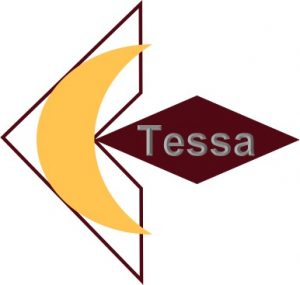
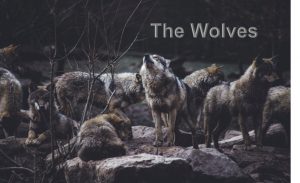
Apps
Screenshots
Prisma – filters
Mirror Lab
Comica – turn photos into comic strips
https://bryanmmathers.com/ – Visual Thinkery
https://remixer.visualthinkery.com/


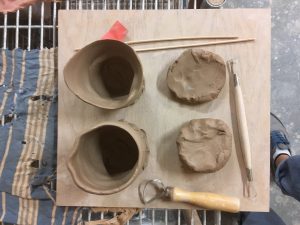
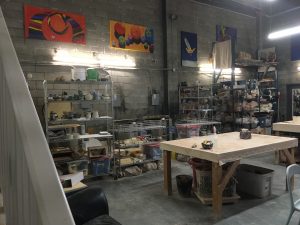
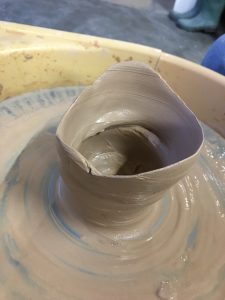
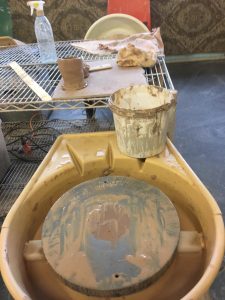
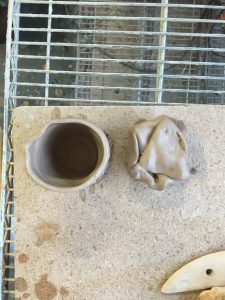
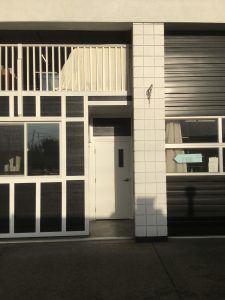
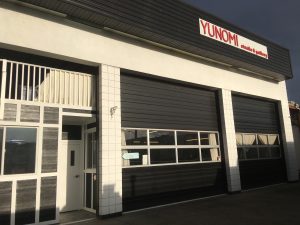
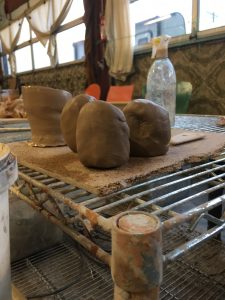
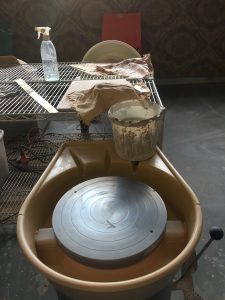
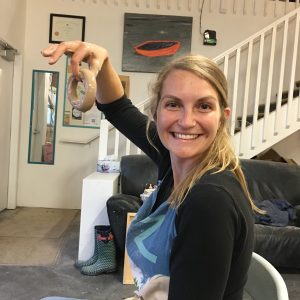
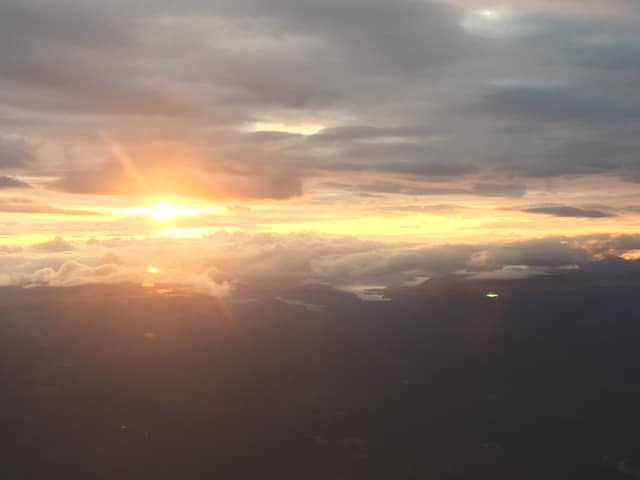
Recent Comments